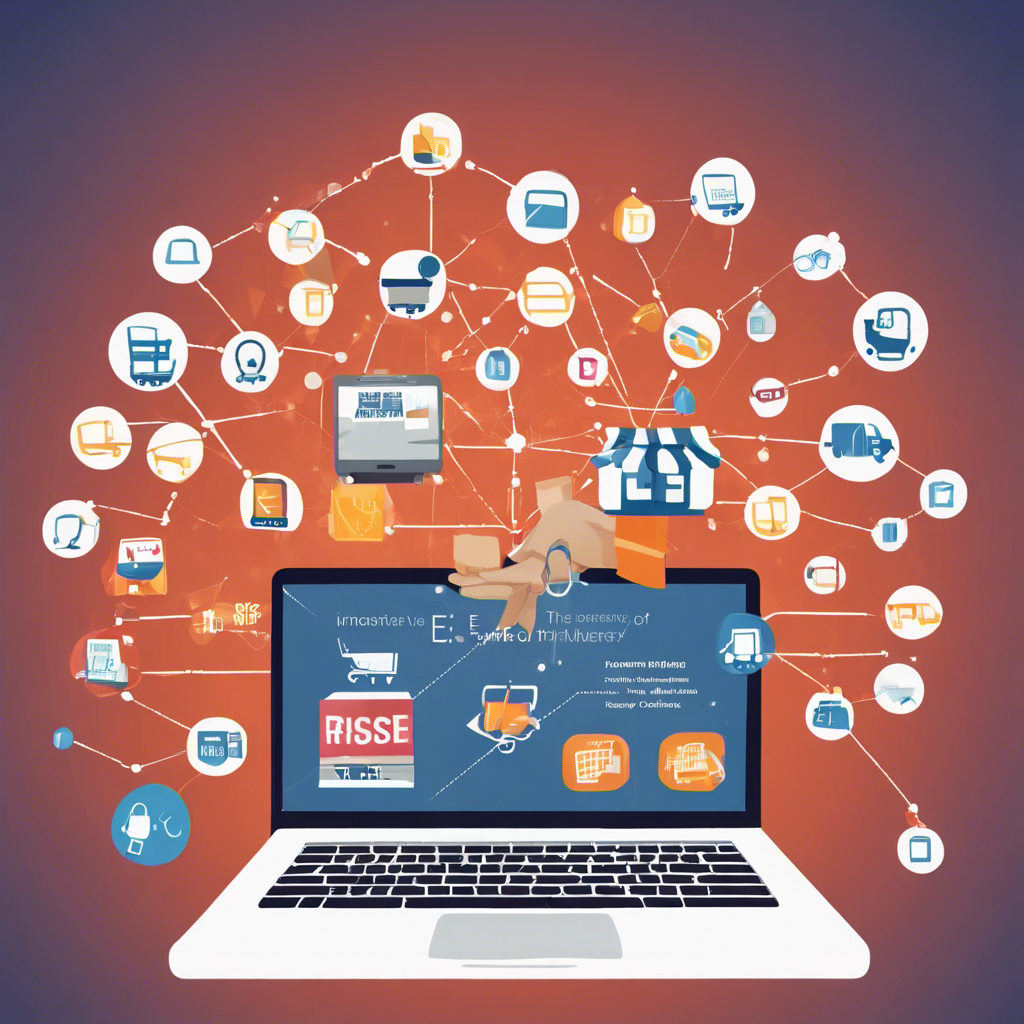The Rise of E-commerce: Transforming the Retail Landscape

How Online Shopping is Revolutionizing the Way We Shop
In recent years, the retail industry has witnessed a seismic shift in consumer behavior, with the rise of e-commerce transforming the way we shop. The convenience and accessibility of online shopping have revolutionized the retail landscape, challenging traditional brick-and-mortar stores and reshaping the way businesses operate. This article explores the impact of e-commerce on the retail industry, examining the reasons behind its rapid growth and the implications for both consumers and businesses.
1: The Convenience Factor: Anytime, Anywhere Shopping
One of the key drivers behind the surge in e-commerce is the convenience it offers to consumers. With just a few clicks, shoppers can browse through a vast array of products, compare prices, and make purchases from the comfort of their own homes. The ability to shop anytime, anywhere has revolutionized the way we approach retail, eliminating the need to visit physical stores and saving valuable time and effort.
2: Expanding Product Range: Endless Choices at Your Fingertips
Another significant advantage of e-commerce is the extensive product range available to consumers. Online retailers can offer a much wider selection of goods compared to traditional stores, as they are not limited by physical space constraints. This has opened up a world of possibilities for consumers, allowing them to explore niche markets and discover unique products that may not be readily available in their local stores.
3: Personalized Shopping Experience: Tailored Recommendations and Customization
E-commerce platforms leverage data analytics and artificial intelligence to provide personalized shopping experiences. By analyzing consumer behavior and preferences, online retailers can offer tailored recommendations and customized product suggestions. This level of personalization enhances the overall shopping experience, making it more engaging and enjoyable for consumers.
4: Disrupting Traditional Retail: Challenges and Opportunities
While e-commerce has brought immense benefits to consumers, it has also posed challenges for traditional brick-and-mortar retailers. Many long-established retail chains have struggled to adapt to the digital age, leading to store closures and job losses. However, there are also opportunities for traditional retailers to embrace e-commerce and omnichannel strategies, combining the strengths of both online and offline shopping to create a seamless and integrated customer experience.
5: The Impact on Small Businesses: Leveling the Playing Field
E-commerce has leveled the playing field for small businesses, allowing them to compete with larger retailers on a global scale. Online marketplaces provide a platform for small businesses to showcase their products to a wider audience, eliminating the need for expensive physical stores. This has empowered entrepreneurs and artisans, enabling them to reach customers beyond their local communities and thrive in the digital marketplace.
Conclusion:
The rise of e-commerce has transformed the retail industry, offering consumers unparalleled convenience, endless choices, and personalized shopping experiences. While traditional retailers face challenges, there are opportunities for adaptation and innovation. E-commerce has also empowered small businesses, enabling them to compete on a global stage. As technology continues to advance, the retail landscape will continue to evolve, and it is crucial for businesses to embrace digital strategies to stay relevant. The future of retail lies in the seamless integration of online and offline channels, providing consumers with a holistic shopping experience that caters to their ever-changing needs and preferences.

